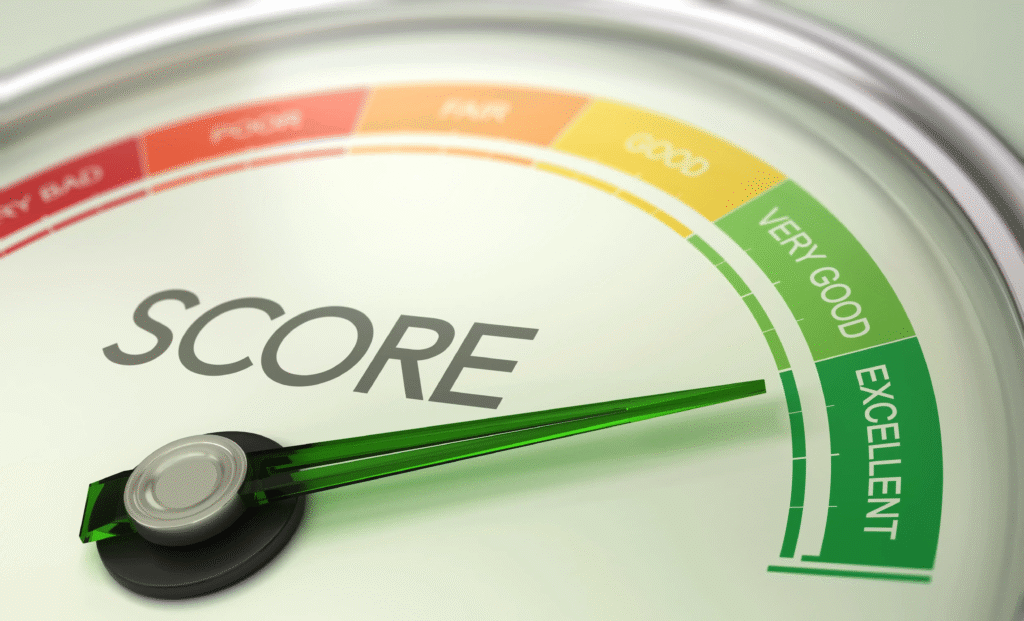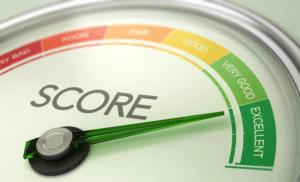Reduced credit score: how to recover your score?
Discover how to recover from low credit and rebuild your score. Get practical tips for paying off debt and organizing your finances.
Reduced Credit Score: Learn How to Recover It

Your credit score is more than just a number, it represents your financial health and determines how banks, lenders, and even some employers view your ability to manage money responsibly. When that score drops, it can feel discouraging, especially if you’re planning to apply for a loan, rent an apartment, or even secure better interest rates.
The good news is that a reduced credit score is not permanent. With the right steps, you can rebuild your score and regain control over your financial future.
What Causes a Reduced Credit Score?
Before focusing on recovery, it’s important to understand what might have caused your score to decline. Some common reasons include:
- Late or missed payments – Payment history makes up a significant portion of your score. Even one late payment can leave a mark;
- High credit utilization – Using too much of your available credit signals risk to lenders. Ideally, you should keep usage under 30% of your limit;
- Multiple new credit applications – Each hard inquiry can lower your score slightly. Too many applications in a short period raise red flags;
- Defaulted loans or collections – Unpaid debts that go to collections can significantly impact your score;
- Errors on your credit report – Mistakes happen, and incorrect information can unfairly reduce your score.
Identifying the cause is the first step to solving the problem, so understand each one to prevent or learn how to deal with the reduction.
How to recover your credit score?
Now that you understand what causes this reduction, it’s time to understand how to recover your score. Check out the details below!
Step 1: Review Your Credit Report
Start by requesting a copy of your credit report from major bureaus (such as Equifax, Experian, and TransUnion in the U.S.). Review it carefully to ensure all information is accurate. Look out for:
- Accounts you don’t recognize;
- Incorrect payment statuses;
- Outdated negative information.
If you spot errors, file a dispute immediately. Correcting inaccurate data can lead to a quick score improvement.
Step 2: Make Payments on Time
Consistency is key. Setting up reminders or automatic payments can help ensure you never miss a due date.
Even paying the minimum amount on time is better than skipping a payment. Over time, building a record of reliability strengthens your credit profile.
Step 3: Lower Your Credit Utilization
High balances hurt your score. If possible, pay down your credit card balances to reduce utilization. You can also request a credit limit increase, but only if you’re confident you won’t increase spending.
The goal is to show that you are using credit responsibly without relying too heavily on it.
Step 4: Avoid Unnecessary Credit Applications
While it may be tempting to open new credit lines, avoid applying for multiple accounts in a short time frame.
Each application generates a hard inquiry, which can temporarily reduce your score. Focus on improving your current accounts before seeking new credit.
Step 5: Negotiate with Creditors
If you’re struggling with debt, consider contacting your creditors to discuss options. Some lenders may agree to adjust payment terms or even remove a negative mark if you settle an overdue balance. This is often called a “goodwill adjustment.”
Step 6: Consider a Secured Credit Card
For those with severely reduced scores, a secured credit card can be a good tool to rebuild credit.
With this option, you deposit a certain amount as collateral, and your spending limit is usually equal to your deposit. By using the card responsibly and paying the balance on time, you can steadily rebuild your score.
Step 7: Keep Old Accounts Open
Length of credit history matters. Even if you no longer use an old account, keeping it open can work in your favor by showing a long history of responsible use. Closing accounts shortens your credit history and can increase utilization rates.
Step 8: Monitor Your Progress
Rebuilding credit doesn’t happen overnight. It takes patience and consistency. Use free credit monitoring tools to track your progress monthly. Watching your score gradually increase can motivate you to stick with good habits.
How Long Does It Take to Recover a Reduced Credit Score?
The time it takes to see improvements depends on the severity of the issues. Small changes, like paying off a credit card, can improve your score within a few months. However, recovering from serious issues such as defaults or collections may take a year or more. The important part is staying committed to the process.
Final Thoughts
A reduced credit score can feel like a setback, but it’s far from the end of your financial journey. By taking proactive steps, reviewing your report, paying on time, reducing debt, and being strategic with new credit, you can steadily rebuild your credit profile.
Think of it as a long-term investment in your financial freedom. Every positive action you take today lays the foundation for stronger opportunities tomorrow.






